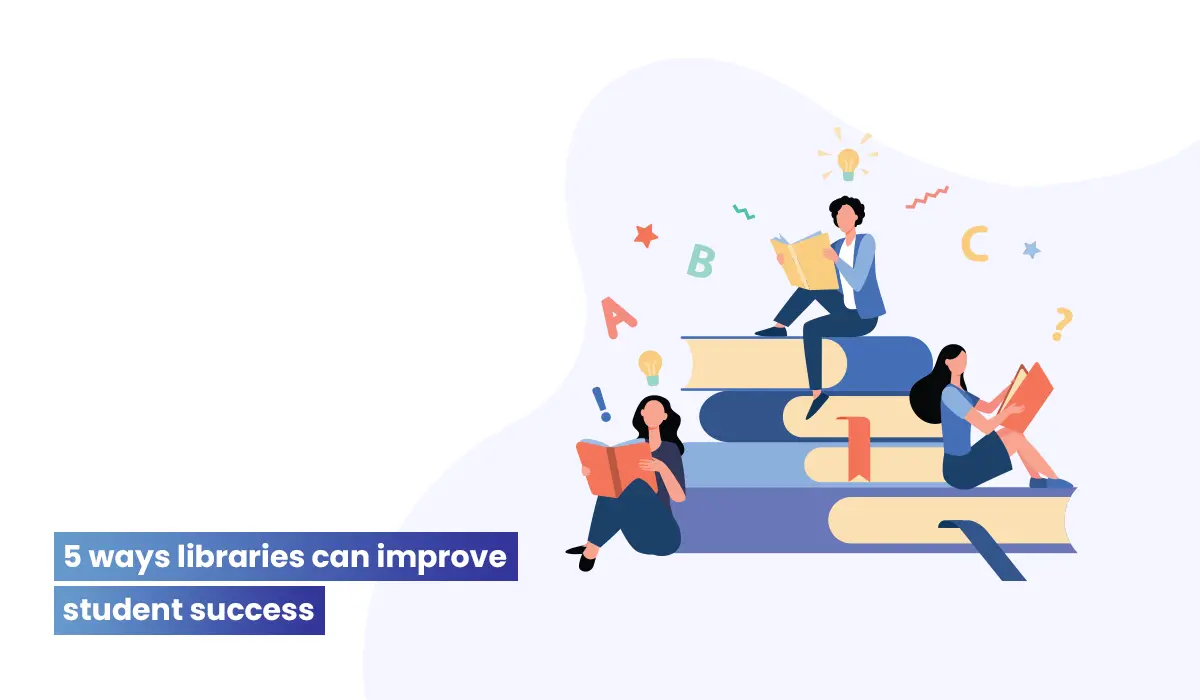A recent study conducted in the U.S. showed students with strong digital media excelled on assessments more than students with ill-equipped and staffed libraries. The results of the study established a positive synchronization between student assessments and digital media centers in colleges and higher education institutions. These results reveal how libraries help students to significantly score higher grades in assessments. Here are the five great ways for students to achieve standards:
1. Cataloguing
Students can search the library catalog using RFID/Barcode and lend various types of physical and electronic collections including books, journals, digital media, bibliographic and other resources.
2. Library Automation
Automate and streamline library processes including cataloging, circulation, acquisition, Search, and ID card generation to eliminate manual work, optimize resources, increase efficiency and provide better student service.
3. Digital Classrooms
College Library Management System allows institutions to seamlessly connect libraries with classrooms and other instructional areas. Easy and convenient access to library resources and databases from websites and mobile devices helped students to increase their test scores.
4. Communication & Collaboration
Test scores increased significantly as a result of improved student and teacher interactions and greater social collaboration using chat, discussion forums, messages, and articles.
5. Flexible Scheduling
Students had greater freedom to use and access the media center resources from anywhere, anytime from a variety of mobile devices including iPhones and Android.
Want to contribute?
We welcome thought leaders to share ideas and write for our blog.
Become a Guest Author →

